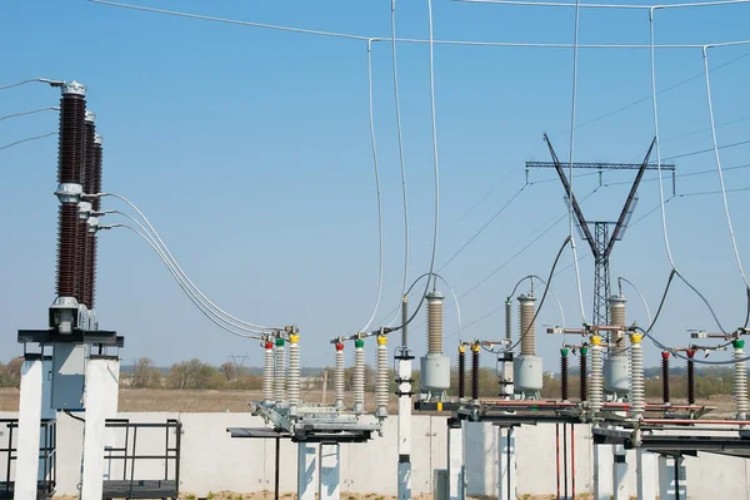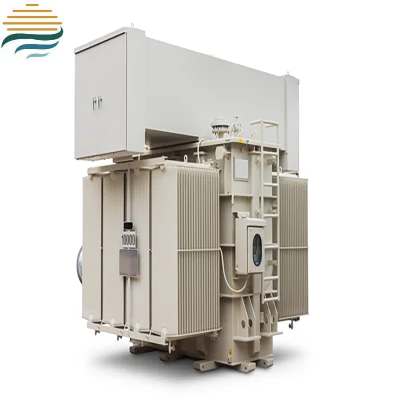Why Oil Surge Relays Are Crucial for Transformer Safety
Transformers constitute a critical part of modern power systems, ensuring efficient transmission and distribution of electricity. Their reliability depends heavily on protective mechanisms designed to mitigate risks from internal transformer faults. Among these protective measures, the Oil Surge Relay (OSR) is essential, particularly for safeguarding the On-Load Tap Changer (OLTC).
The OLTC is the most mechanically complex part of a transformer, operating continuously to regulate voltage. Due to its constant switching and exposure to electrical stress, the OLTC is highly susceptible to faults, making dedicated protection indispensable.
Understanding Oil Surge Relays in Transformers
An Oil Surge Relay is a finely calibrated, oil-actuated protective device specifically engineered to protect the OLTC from sudden internal faults. In the event of an internal anomaly, such as short-circuiting or arcing within the OLTC, the relay detects a rapid surge of transformer insulating oil and issues an immediate trip command, isolating the transformer before minor faults escalate into catastrophic failures.
OSRs are notably distinct from other protective relays; unlike the Buchholz relay, which monitors gas accumulation or oil level changes in the main tank, the OSR is exclusively devoted to the OLTC compartment, typically installed between the OLTC tank and its dedicated conservator.
What is An Oil Surge?
In transformer operation, an oil surge refers to a sudden displacement of oil caused by rapid fault development. When oil moves through the OSR, a flap or vane is deflected, which closes electrical contacts to activate an alarm or trip circuit. This surge may be triggered by several operational abnormalities:
Internal faults, such as arcing or winding shorts within the OLTC, cause an abrupt pressure spike.
Thermal transients, where rapid temperature changes induce fluid movement.
Mechanical malfunctions in the tap-changer system itself, which may disturb oil flow.
Most minor oil movements are benign and related to load fluctuations or thermal expansion. However, true oil surges instigated by genuine faults demand immediate attention and swift mechanical response. Oil movements can be classified as:
Normal: Slow changes from temperature or load variations.
Moderate: Temporary surges, possibly from minor disturbances.
Rapid: Fast surges from severe internal faults requiring immediate disconnection.
Differentiating Between a Buchholz Relay and Oil Surge Relay
Many technicians confuse the OSR with the more ubiquitous Buchholz relay. Though they both serve protective functions in oil-filled transformers, their roles largely differ as shown below:
Feature | Oil Surge Relay (OSR) | Buchholz Relay |
Protected Component | OLTC compartment | Main transformer tank and windings |
Mechanism | High-velocity oil flow/pressure surge | Gas accumulation or oil surge/low-level detection |
Function | Detects rapid oil surges due to OLTC faults | Detects gas generation or oil transients in main tank |
Installation Location | Between OLTC and OLTC conservator | Between main tank and main conservator |
Response Focus | High-speed response to genuine OLTC faults | Gas accumulation or significant faults in main tank |
Thus, while both protect valuable components, the OSR provides finely tuned, high-speed defence specifically for the mechanically active and frequently cycling OLTC.
Why the OLTC Requires Dedicated Protection
The OLTC is arguably the most intricate mechanical subsystem of a transformer. It endures constant contact movement and switching under load, which is an environment with a high potential for sustained wear, contact arcing, and eventual fault generation.
Normal operations of the OLTC may generate small amounts of gas—enough to trigger false alarms in a standard relay system. The OSR sidesteps this issue by focusing solely on detecting severe fluid surges, not innocuous gas accumulation, drastically reducing unnecessary outages and maintenance interventions.
Common OLTC failure modes that can prompt an OSR trip include:
Arcing between tap-changer contacts
Short circuits within the diverter or selector mechanism
Flashovers connecting to ground
Acute dielectric breakdown of the oil within the OLTC compartment
Such occurrences may cause almost instantaneous oil vapourisation or forceful fluid displacement, generating pressure surges that activate the OSR.
Maintenance Practices: Ensuring OSR Reliability
The Oil Surge Relay operates passively until a fault occurs, which means it is rarely activated during normal service conditions. Nevertheless, routine testing and verification are essential to confirm its operational readiness.
Mechanical checks: Operate test buttons or manually actuate the linkage (if supported by design) to confirm that the internal float or paddle moves freely and activates switch contacts.
Electrical testing: Verify the integrity of the trip circuit via insulation resistance measurements (megger) and high-voltage testing (e.g. 2 kV for 60 seconds)—certifying the relay’s internal insulation and switching reliability.
Oil analysis: Especially after an OSR trip, sample and examine the transformer oil. Common evaluations include Breakdown Voltage (BDV), dissolved gases (DGA), and PPM contamination. These tests help to assess whether oil degradation occurred and whether filtration or replacement is required.
Preventative procedures: The use of silica gel breathers and filtration systems helps maintain oil quality over the long term, minimising moisture ingress and particle contamination.
Beyond mechanical servicing, occasional overhauls of OLTC mechanisms or major transformer components (and electric motor overhauling for associated drive systems) ensure continued operational integrity. Periodic revitalisation of the transformer oil, particularly filtering and dehydration cycles, sustains dielectric performance and extends service life.
Conclusion
The Oil Surge Relay is a highly specialised protection device that plays a decisive role in transformer reliability. By detecting rapid oil surges in the OLTC compartment and responding within milliseconds, the OSR prevents localised faults from escalating into large-scale transformer failures. Its distinction from the Buchholz relay ensures that operators can accurately identify fault locations, reducing downtime and maintenance costs.





